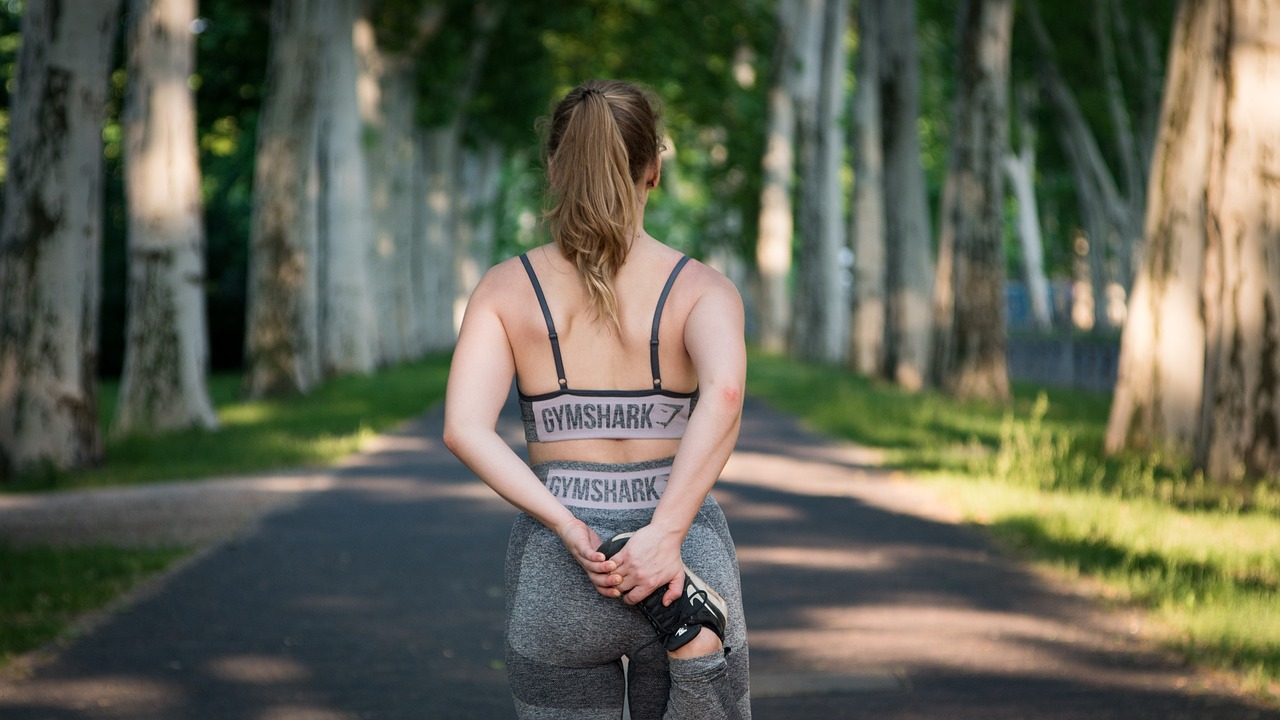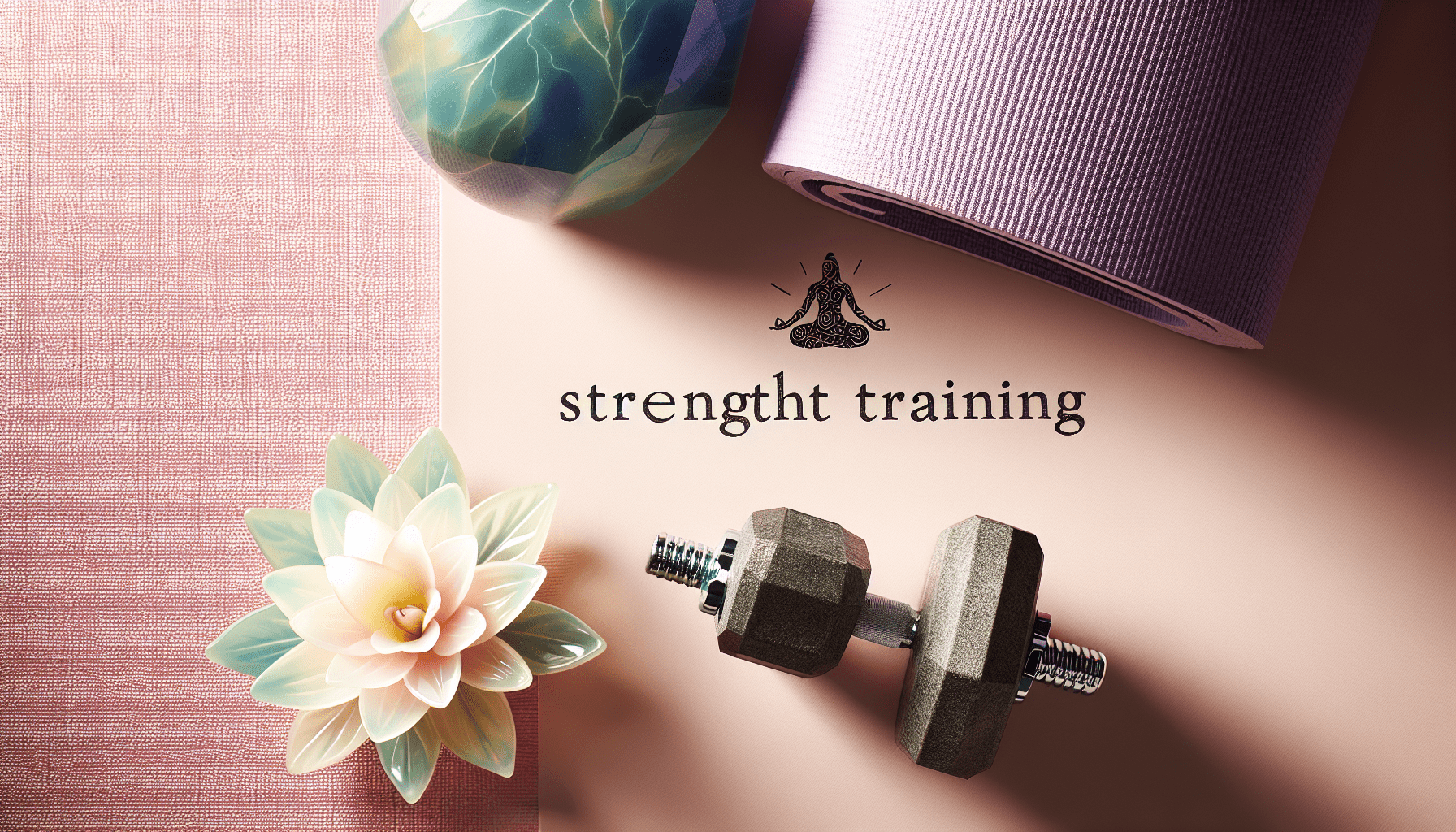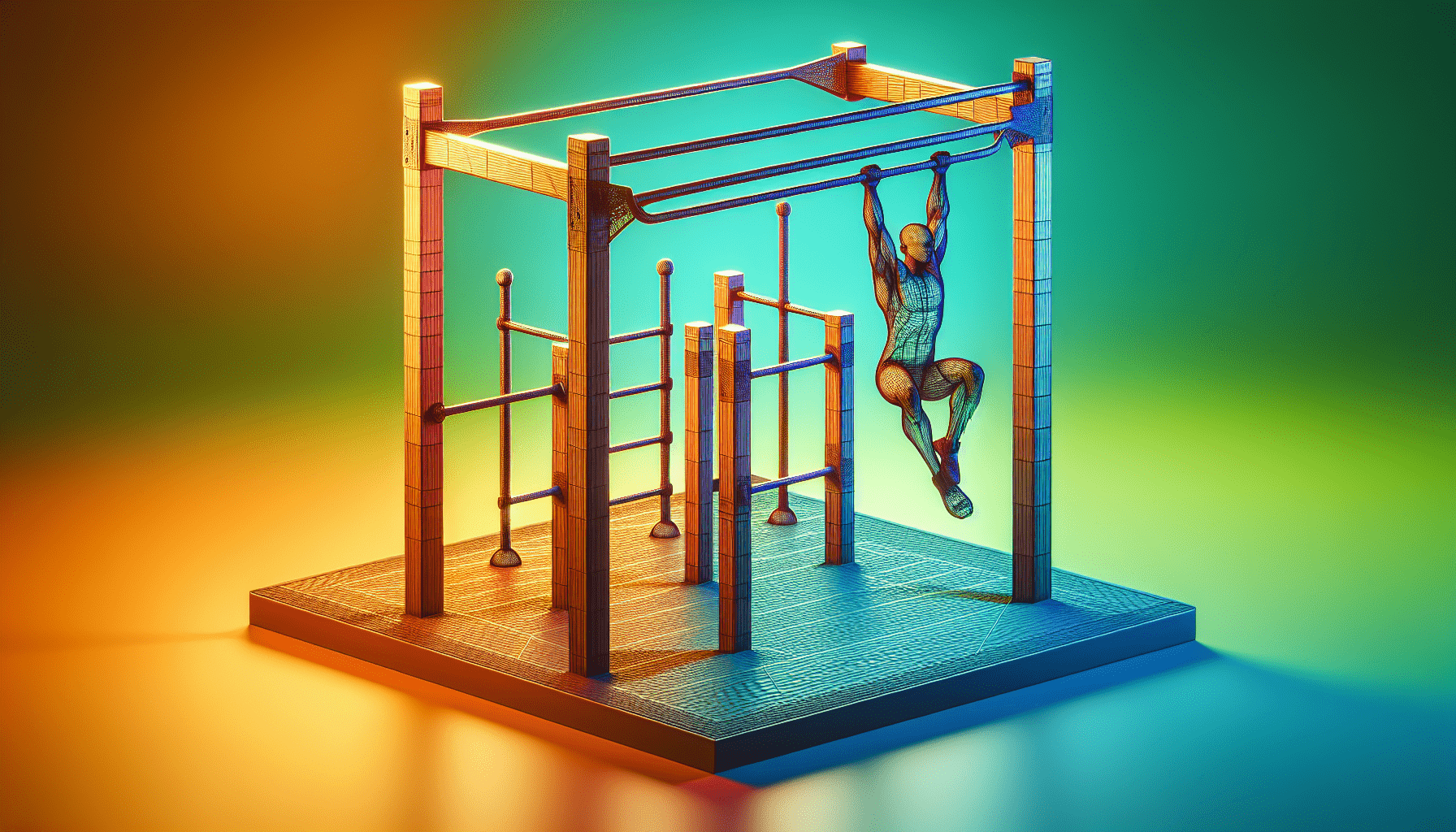Are you torn between incorporating calisthenics or weightlifting into your fitness routine? In this comprehensive article, we will explore the pros and cons of both forms of exercise, helping you make an informed decision about which one is best suited to your fitness goals. Whether you’re looking to build strength and muscle mass or improve your overall athleticism, we’ve got you covered. Get ready to discover the benefits and differences between calisthenics and weightlifting, so you can start maximizing your fitness potential today!

This image is property of pixabay.com.
Physical Benefits
Improves strength and muscle growth
When it comes to improving strength and building muscle, both calisthenics and weightlifting can be effective. Calisthenics, also known as bodyweight exercises, use the weight of your own body to provide resistance. This not only helps build muscle but also improves functional strength by mimicking movements used in everyday activities. Weightlifting, on the other hand, involves lifting external weights such as dumbbells, barbells, or weight machines. This allows for progressive overload, which is crucial for muscle growth and strength gains. By constantly increasing the weight lifted, weightlifting can help you build more muscle mass compared to calisthenics alone.
Improves cardiovascular fitness
When it comes to improving cardiovascular fitness, both calisthenics and weightlifting can be beneficial. Calisthenics exercises such as jumping jacks, burpees, and mountain climbers can help elevate your heart rate and improve cardiovascular endurance. These exercises also provide a great way to incorporate high-intensity interval training (HIIT) into your workout routine. On the other hand, weightlifting can also have cardiovascular benefits, especially when performed with shorter rest periods and higher repetitions. However, it is worth noting that weightlifting mainly focuses on strength gains and muscle building, whereas cardiovascular endurance is not its primary focus.
Increases flexibility and mobility
Flexibility and mobility are essential components of overall fitness and can help improve posture, decrease the risk of injuries, and enhance athletic performance. Calisthenics exercises often require a wide range of motion, promoting flexibility and mobility throughout the body. Moves like deep squats and leg raises can help increase hip flexibility, while exercises like push-ups and planks improve upper body mobility. Weightlifting, on the other hand, does not inherently prioritize flexibility and mobility. However, incorporating dynamic stretches and mobility exercises as part of your weightlifting routine can help maintain and improve flexibility.
Equipment
Minimal equipment required for calisthenics
Calisthenics requires minimal equipment, making it an accessible form of exercise for everyone. You can perform calisthenics exercises using just your bodyweight, making it ideal for individuals who may not have access to a gym or equipment. Push-ups, squats, lunges, and planks can all be done at home or outdoors with no equipment needed. This simplicity and convenience make calisthenics a popular choice for those seeking a cost-effective way to stay fit and build strength.
Weightlifting requires various types of equipment
Unlike calisthenics, weightlifting requires various types of equipment to perform exercises effectively. From dumbbells and barbells to weight machines and squat racks, weightlifting often requires access to a well-equipped gym or home gym setup. This can be a significant barrier for individuals who do not have access to such facilities or cannot afford to purchase all the necessary equipment. Additionally, the cost of purchasing weightlifting equipment can quickly add up, making it a more expensive option compared to calisthenics.
Cost
Calisthenics is usually cheaper than weightlifting
One of the significant advantages of calisthenics is its affordability. Since calisthenics exercises primarily use bodyweight, there is no need to invest in expensive equipment or gym memberships. You can perform calisthenics workouts almost anywhere, such as in your living room, a local park, or even while traveling. This makes calisthenics a cost-effective option for individuals on a tight budget or those who prefer the convenience of working out without any financial commitments.
Weightlifting equipment can be expensive
Weightlifting often requires investing in various types of equipment, which can be costly. From dumbbells and barbells to weight machines and weight plates, the expenses can add up quickly. In addition to the equipment, there may also be costs associated with gym memberships or creating a home gym setup. While weightlifting can provide excellent results, it may not be the most financially feasible option for everyone.
Convenience
Calisthenics can be done anywhere without equipment
One of the greatest advantages of calisthenics is its convenience. Since calisthenics exercises primarily use bodyweight, you can perform them anywhere, anytime, without the need for any equipment. Whether you’re traveling, at home, or outdoors, you can easily incorporate calisthenics into your routine. Push-ups, squats, lunges, planks, and various other bodyweight exercises can be modified to suit any fitness level, making it accessible to people of all ages and abilities.
Weightlifting requires a dedicated gym or access to equipment
Weightlifting, on the other hand, requires access to a gym or a well-equipped home gym setup. This means you need to have a dedicated space with the necessary equipment to perform weightlifting exercises effectively. While this can be convenient for those who have access to a gym or own the required equipment, it may not be as accessible for individuals who don’t have such resources. The need for a specific location and equipment can be a limiting factor for some people, especially when traveling or during busy schedules.

This image is property of pixabay.com.
Skill Development
Calisthenics requires body control and coordination
Calisthenics exercises require body control and coordination to perform the movements effectively. Moves like push-ups, pull-ups, and handstands require you to engage multiple muscle groups simultaneously while maintaining proper form and balance. This develops body awareness and improves overall coordination. As you progress in calisthenics, you can even learn advanced skills like muscle-ups, front levers, and human flags, which further enhance your body control and coordination abilities.
Weightlifting requires proper technique and form
Weightlifting emphasizes the importance of proper technique and form to prevent injuries and maximize performance. Learning the correct form for exercises such as deadlifts, squats, and bench presses is crucial for effective weightlifting. Proper technique ensures that you engage the target muscles correctly and reduces the risk of imbalances or strains. Regular practice and attention to form help develop the necessary skills for weightlifting and ensure optimal results while minimizing the risk of injury.
Injury Risk
Calisthenics generally has a lower risk of injury
Calisthenics exercises, when performed with proper form and progression, generally have a lower risk of injury compared to weightlifting. By using your bodyweight as resistance, you have more control over the intensity and load placed on your muscles and joints. This reduces the likelihood of using excessive weights or placing unnecessary stress on specific body parts. However, it is important to note that like any form of exercise, careless execution or overtraining can still lead to injuries. It is crucial to prioritize learning proper technique, progressing gradually, and listening to your body to minimize the risk of injuries in calisthenics.
Weightlifting carries a higher risk of injury if not done with proper form
Weightlifting, especially when performed with heavy loads and improper form, carries a higher risk of injury compared to calisthenics. The use of external weights places additional stress on your muscles, joints, and connective tissues, making it essential to pay close attention to technique and form. Lifting excessive weights without proper form can lead to strains, sprains, and more severe injuries. It is crucial to learn from qualified trainers, start with lighter weights, and gradually progress as you develop strength and improve form to minimize the risk of injury in weightlifting.

This image is property of pixabay.com.
Goal Specificity
Calisthenics is more versatile for overall fitness and functional movements
Calisthenics exercises are known for their versatility, making them effective for overall fitness and functional movements. Calisthenics movements often mimic everyday activities like pushing, pulling, squatting, and jumping, making them highly functional and applicable to real-life situations. Additionally, calisthenics can be modified to suit various fitness levels and goals, whether you’re a beginner looking to improve strength or an advanced athlete aiming for advanced skills like the planche or the front lever. The adaptability of calisthenics makes it suitable for individuals looking to improve overall fitness, functional strength, and mobility.
Weightlifting is more specific for strength and muscle hypertrophy
Weightlifting, particularly exercises like deadlifts, squats, and bench presses, primarily focuses on building strength and muscle hypertrophy. By progressively increasing the weight lifted over time, you can target specific muscle groups and stimulate muscle growth and strength gains. Weightlifting allows for more precise targeting of muscles, making it an excellent choice for individuals who have specific strength or muscle-building goals. Whether you’re looking to increase your squat max or develop a more muscular physique, weightlifting can provide the specificity needed to achieve those objectives.
Progression
Calisthenics provides various progressions for all fitness levels
One of the great advantages of calisthenics is the wide range of progressions it offers. Whether you’re a beginner or an advanced athlete, calisthenics provides different variations of exercises that allow you to progress gradually. For example, if you’re just starting, you can progress from knee push-ups to full push-ups, and eventually to advanced variations like handstand push-ups or one-arm push-ups. This adaptability ensures that you are constantly challenging your muscles and progressing towards your fitness goals, regardless of your current fitness level.
Weightlifting has linear progressions with increasing weights
Weightlifting progressions primarily revolve around increasing the weight lifted. As you progressively overload your muscles by adding more weight, you stimulate muscle growth and strength gains. This linear progression allows for measurable and objective progress, making weightlifting an excellent option for individuals who respond well to structured and quantitative approaches. However, it is worth noting that weightlifting progressions can sometimes plateau, requiring advanced techniques like periodization to continue making gains.
Muscle Activation
Calisthenics activates multiple muscles simultaneously
A significant benefit of calisthenics is its ability to engage multiple muscle groups simultaneously. Many calisthenics exercises require total body coordination and recruit muscles from various parts of the body. For example, exercises like pull-ups and dips target not only your back and arms but also engage your core and lower body stabilizer muscles. This comprehensive muscle activation helps improve overall muscle balance and functional strength.
Weightlifting allows for isolated muscle targeting
Weightlifting provides the advantage of isolating specific muscle groups for targeted training. By using various lifting exercises, you can focus on specific muscles and create imbalances or strengths as desired. For example, bicep curls target the biceps, while leg extensions target the quadriceps. This isolation can be beneficial for individuals who have specific muscle-building goals or want to address muscular imbalances. However, it is important to maintain overall muscle balance and address weak areas to minimize the risk of injury or poor movement patterns.
Training Style
Calisthenics focuses on bodyweight exercises
Calisthenics is primarily based on bodyweight exercises, which means you use the weight of your own body as resistance. This training style allows for a wide range of movements and exercise variations that target different muscle groups. From basic exercises like squats and lunges to advanced moves like planches and muscle-ups, calisthenics provides a challenging and dynamic training style. It emphasizes body control, balance, and functional movements, making it an excellent choice for individuals who enjoy a holistic approach to fitness.
Weightlifting focuses on lifting weights
Weightlifting, as the name suggests, centers around lifting weights to build strength and muscle mass. This training style often involves compound movements that engage multiple muscle groups and require coordination and technique. Exercises like deadlifts, squats, and bench presses are staples in weightlifting routines. The primary focus is on progressively lifting heavier weights to challenge and stimulate the muscles. Weightlifting typically favors a more structured approach, with specific exercises, sets, and repetitions, making it suitable for individuals who enjoy following a more regimented training program.
In conclusion, both calisthenics and weightlifting offer unique benefits and cater to different fitness goals and preferences. Calisthenics provides the advantage of convenience, affordability, and versatility, making it accessible to a wide range of individuals. On the other hand, weightlifting offers targeted strength and muscle hypertrophy through progressive overload and focused training. Ultimately, choosing between calisthenics and weightlifting depends on your personal fitness goals, available resources, and preferred training style. It is important to find the right balance and variety in your workout routine to maximize the physical benefits and enjoyment of your chosen exercise method.




